Glycolysis and the Steps of Glycolysis
Glycolysis observed in living organisms for glucose metabolism.
The main pathway of complete oxidation of Carbohydrates is divisible into three phases-
Glycolysis - It is biochemical reactions that observed in living organisms where glucose is converted into pyruvic acid by different internal enzymetic reaction.
Tricarboxylic Acid Cycle -
Terminal respiration or electron transport system-
Glycolysis is considered generally as an anaerobic process because it is not directly involve oxidation by molecular oxygen and can also proceed in absence of oxygen. It is observed in both aerobic as well as anaerobic condition such as the glycolytic pathway is common for both aerobic respiration and anaerobic types of respiration. We know that in aerobic condition the end product of glycolysis is pyruvic acid ,where as in anaerobic condition the pyruvic acid is further converted to lactic acid ,ethyl alcohol and this conversion of pyruvic acid to lactic acid and ethyl alcohol is also included in glycolysis.
Site of Glycolysis - It was believed that glycolysis occurs in yeast and skeletal muscles only but later it was revealed that this is also carried out by almost all living tissues. Enzymes those are the responsible for glycolysis are present in the cytosol specially in the cytoplasmic fluid matrix of the cells which therefore in the site of glycolysis within the cell.
Glycolysis term was originally coined to indicate the breakdown on life is of glycogen which occurs in skeletal muscle but later it was revealed that other carbohydrates which are also degraded by the same pathway in various cells. It is also known as EMP pathway or Embden Mayerhoff Parnes pathway.
It is the preliminary pathway for catabolism of Carbohydrates where the six carbon units of food source are simply broken into two three carbon compounds pyruvic acid and none of the carbon atoms is freed as carbon dioxide. Oxidation can be carried out in one of the steps by removal of two hydrogen atoms and only a small amount of energy is released where the hydrogen atoms are carried by certain carrier nicotinamide adenine dinucleotide or NAD and it is reduce itself to form NADH2.
Pathway of Glycolysis - Arduino glucose is the starting material of glycolysis and it is found majority of the cells both in plants and animals, glycolysis may also start from starch in plant cells glycogen in animal tissue like muscles adipose tissue liver leukocytes etc. Pics of Sugars like Fructose, galactose etc may also be categorised by this pathway in some certain animal tissues and their liver.
This pathway of glycolysis are being oxidized through the pathway the hits of units are at first activated by phosphorylation due to addition of phosphate group because it proceeds through a number of phosphorylated intermediates. Then glucose enters into the glycolytic pathway by phosphorylation of glucose 6 phosphate and this reaction is catalysed by the enzyme known as hexokinase that requires ATP as phosphate donor and magnesium Ion as cofactor. Glucose 6 phosphate is observed to be converted to 56% by the presence of enzyme called first four hexose isomerase which is followed by another phosphorylation by ATP and catalyzed by the enzyme phosphofructokinase in presence of magnesium Ion to produce Fructose 1,6 diphosphate. Hexose diphosphate is there split by the enzyme called aldolase into two tyres for swift and causes formation of glyceraldehyde 3 phosphate and dihydroxyacetone 1 phosphate which are in convertable by the enzyme phoshotriose isomerase.
Glycolysis is process by oxidation of glyceraldehyde 3 phosphate and because of the presence of phosphate isomers the dihydroxyacetone 1 phosphate also follows the same pathway. Glyceraldehyde 3 phosphate is also oxidized and is accompanied by its phosphorylation to produce 1 ,3 di phospho glyceric acid the reaction is being catalyzed by the enzyme glyceraldehyde 3 phosphate dehydrogenase and this Oxidation reaction is accomplished by the removal of two hydrogen atoms by nicotinamide adenine dinucleotide which later reduced to become NADH2 and inorganic phosphate in the reaction to form phosphate donor.
After this step 139 phosphoglyceric acid is converted to 3 phosphoglyceric acid by transferring the high energy phosphate from its first carbon to ADP to form ATP by the reaction of the enzyme phosphoglyceric kinases and magnesium Ion as cofactor. Formation of ATP can be direct transfer of high energy phosphate from a phosphorylated intermediate to adenine dinucleotide phosphate and is known as substrate level phosphorylation. Two molecules of transverse waves are formed by molecule of glucose and two molecules of ATP are generated in this test per molecule of glucose.
Next 3 phosphoglyceric acid is converted to 2 phosphoglyceric acid by phosphoglyceric acid and 2 phosphoglyceric acid is dainty hydrated by the enzyme in a list to form 2 phosphoenolpyruvic acid. Formation of ATP in the pyruvate kinase reaction is a good example of substrate level phosphorylation where two molecules of ATP are generated for each molecule of glucose oxidation and each molecule of glucose causes formation of two molecules of pyruvic acid at the end of glycolysis.
Breaking down of glucose to pyruvic acid is having different steps among which some are reversible and some are Irreversible steps. Though most of the glycolytic reactions are reversible among them three of them catalyzed by hexokinase phosphofructokinase and pyruvate kinase and are Irreversible.
Breaking down of starch or glycogen through the glycolysis causes initiation of the action of the enzyme Phosphorus which place the terminal glucose units of starch or glycogen as glucose 1 phosphate by Phosphorus releases by adding phosphate group. In this reaction in organic phosphate is required as phosphate do not and glucose 1 phosphate is then converted to glucose 6 phosphate by the enzyme phosphoglucomutase which shapes the phosphate group from fast carbon to 6th carbon of glucose because it helps it to enter the glycolytic path.
In case of fructose as substrate its main entry path of the glycolytic pathway on being phosphorylated to Fructose 6 phosphate by the enzyme hexokinase that require ATP and magnesium Ion as cofactor. Oxidation of galactose is the first phosphorylated conversion to form galactose 1 phosphate by the action of a specific enzyme galactokinase that require ATP and magnesium ion. Galactose 1 phosphate is then converted to glucose 1 phosphate by a series of complicated reactions and enters the pathway of glycolysis.
Significance of glycolysis-there are different significance of glycolysis. They are following-
* Primary alternative pathway of glycolysis is the common primary pathway for oxidation or catabolism of different carbohydrates in both aerobic and anaerobic conditions takes place.
* Energy is released and ATP production-it is the process which helps to release a part of the energy stored in carbohydrate food and the amount of ATP produced in this process depends upon the type of food being oxidized and the availability of oxygen.
* Formation of fat and amino acids-different products of glycolytic pathway are used in synthesis of fats and amino acid as the dihydroxyacetone phosphate is formed by the elderly as reaction of glycolysis which can be converted to glyceryl which is a component of fats and the pyruvic acid and its carboxylation product of the Acetic Acid may produce the amino acids alanine and acetic acid respectively.
Energy Calculation of Glycolysis-
In glycolysis the conversion of glucose to glucose 6 phosphate occurs by the degradation of ATP into ADP and inorganic phosphate this phosphate is released and bind with glucose to form glucose 6 phosphate. Therefore 1 ATP molecule is consumed for the reaction.
Next in the step of fructose 6 phosphate - Fructose 6 phosphate is converted to fructose 1, 6 diphosphate another molecule of ATP is uptaken in the reaction to form diphosphate.
The reaction in the third step, glyceraldehyde 3 phosphate is converted into 1, 3 di phosphoglyceric acid and it produces NADPH, which is a equivalent to 3 molecules of ATP. As we know that one molecules of glucose undergoes reaction called glycolysis which give two molecules of pyruvic acid. Thus 2 molecules of NADPH2 is produced that ultimately give 6 molecules of ATP.
1, 3 di phosphoglyceric acid is converted into 3 phosphoglyceric acid by the release of ATP where ADP and inorganic phosphate are combined to form ATP. As two molecules of 1, 3 di phosphoglyceric acid is produced and it is converted into 2 molecules of phosphoglyceric acid, thus 2 molecules of ATP are produced.
From Glycolysis and the Steps of Glycolysis to HOME PAGE
Recent Articles
-
What Is Plasma? | Blood Plasma | Proteins | Nutrients | Cholesterol
Nov 07, 25 10:29 AM
Blood is a mobile fluid which is a connective tissue and is derived from the mesoderm like cell any other connective tissue. Colour of blood is reddish and that flows inside the blood vessels by means… -
Disorders of Respiratory System | Tuberculosis | Pleurisy | Emphysema
Oct 28, 25 11:39 PM
Tuberculosis is very common disease and is caused by a type of bacteria called Mycobacterium tuberculosis. This disease causes different trouble in the respiration and infection of several parts of th… -
Regulation of Respiration | Respiratory Centres | Inspiratory Area |
Oct 14, 25 12:13 AM
Respiratory Centre is the area that controls the rate of respiration and it is observed to be located in medulla oblongata and pons. Respiratory Centre has the following will dispersed components like… -
Explain Transport of Gases | External Respiration | Tissue Respiration
Oct 09, 25 11:35 PM
In humans gaseous exchange is completed in the following ways the steps are - External Respiration or Breathing - Breathing in false taking in of Oxygen and giving out of carbon dioxide in the body. M… -
Kind and Number of Teeth | Location of Teeth in Mouth | Care of Teeth
Sep 11, 25 12:52 AM
Kind and Number of Teeth
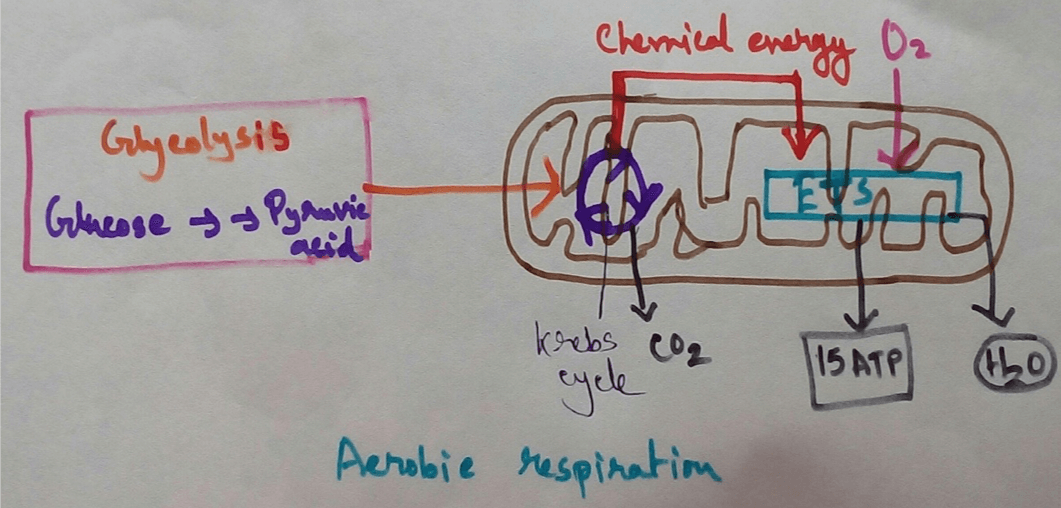
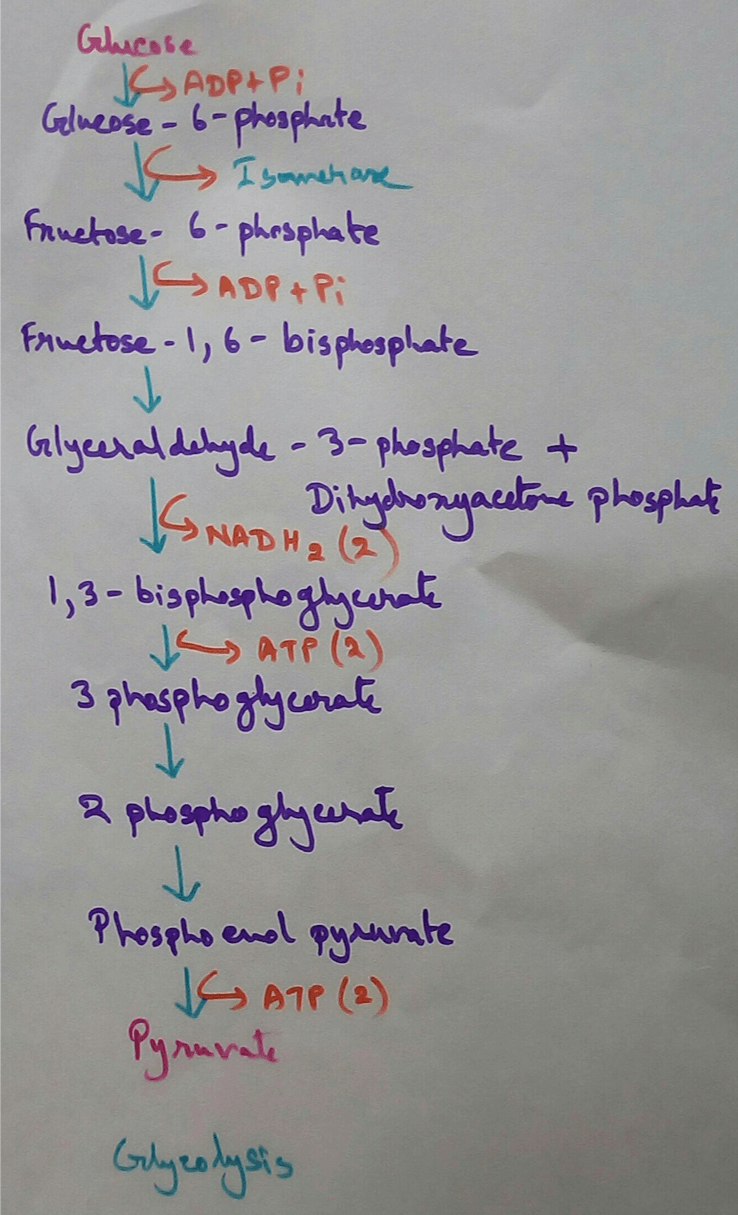
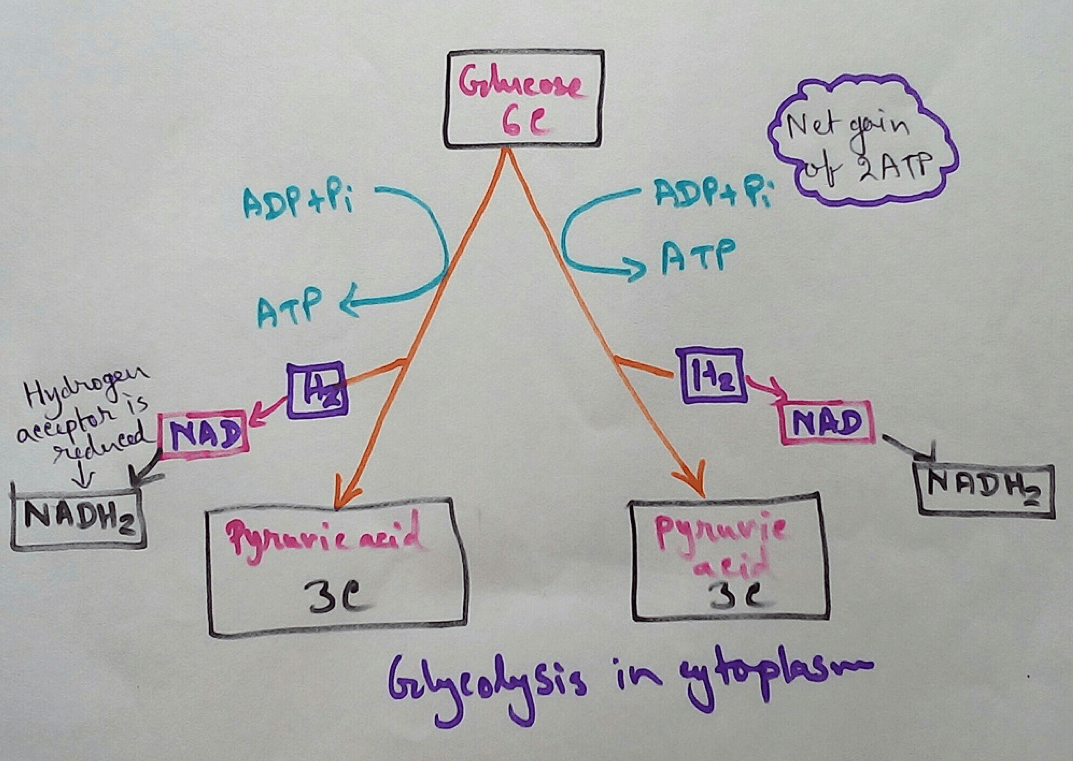
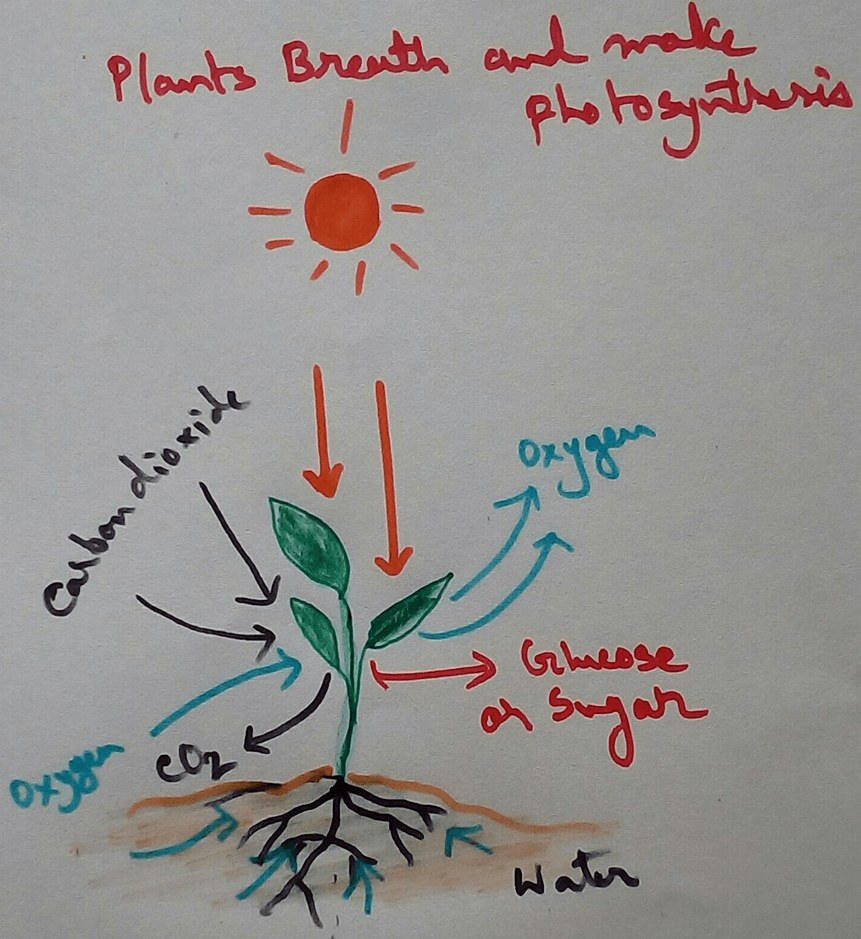
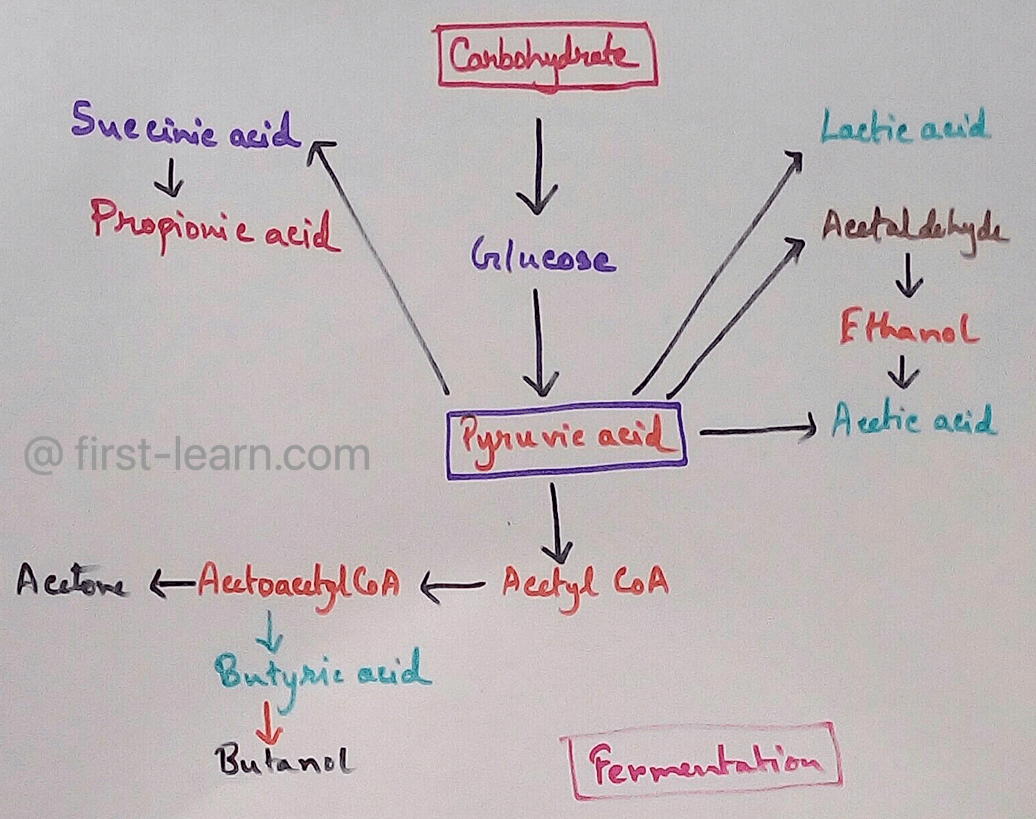






New! Comments
Have your say about what you just read! Leave me a comment in the box below.